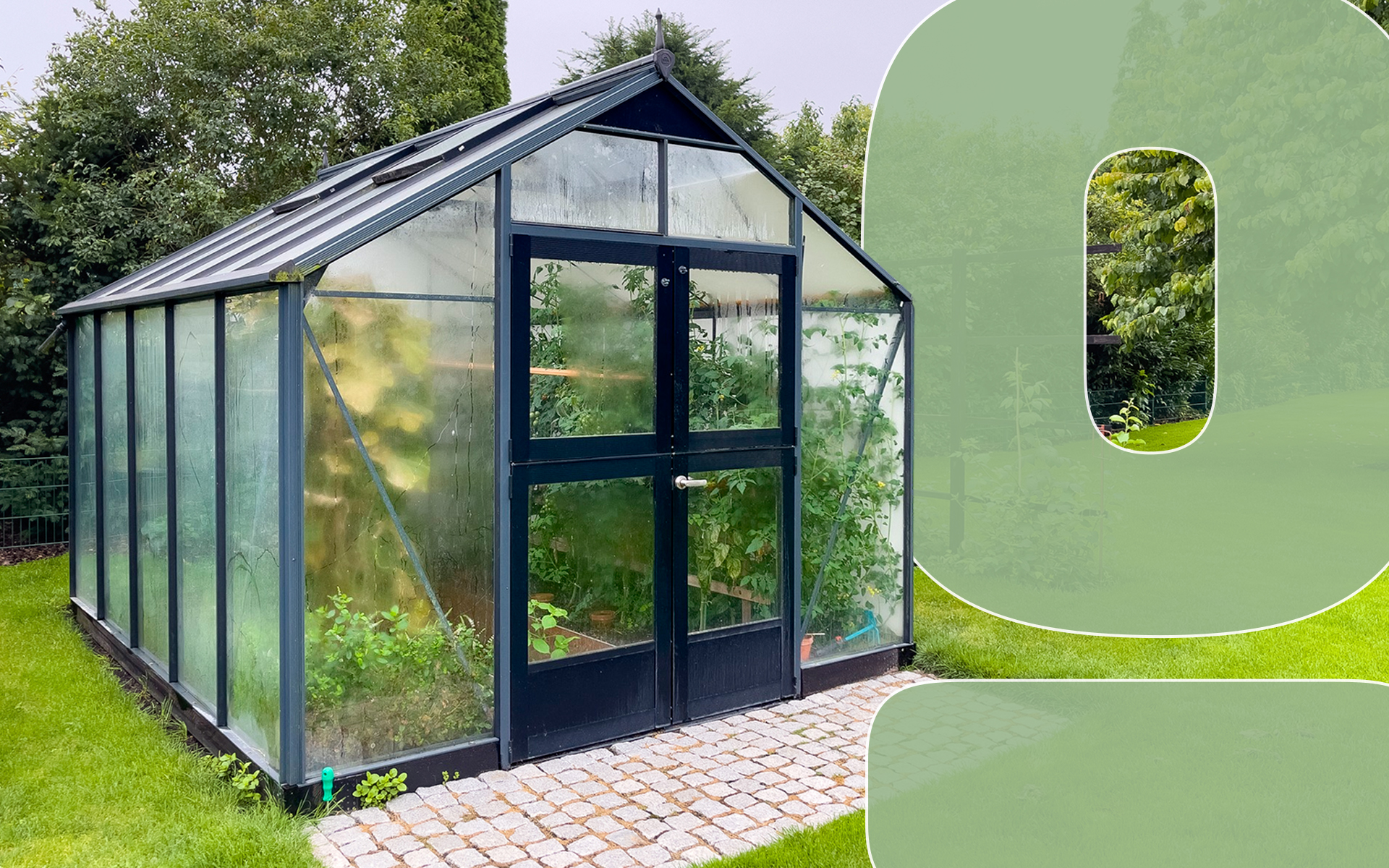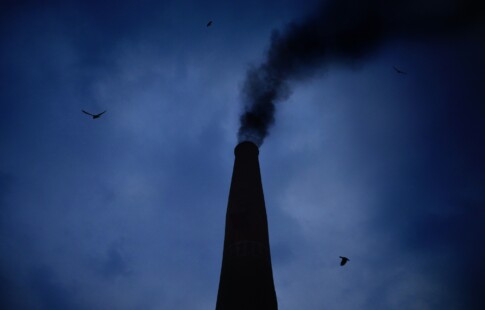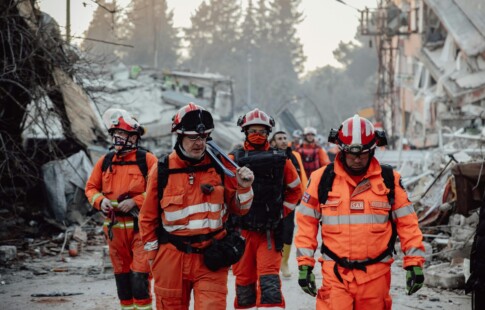
Are Greenhouses Bad for the Environment?
We are reader-supported. When you buy through links on our site, we may earn affiliate commission.
Residents are adopting sustainability-enhancing home features to shrink their carbon footprints. Adding emission-reduction appliances and elements can increase a property’s value. Eco-consumers are dominating the real estate market and raising the demand for solar arrays, electric vehicle charging ports and other green residential systems.
Some individuals are building greenhouses to preserve plants through the winter, grow food and naturally filter out local carbon emissions. Before residents install the landscape feature on their properties, they should evaluate its sustainability. Increasing one’s understanding of a property’s ecological impacts can effectively lower greenhouse gas emissions.
What are Greenhouses and are They Sustainable?
Greenhouses are transparent buildings made of glass that house plants outside of their optimal growth seasons. A metal skeleton typically holds the glass panels in place. Advanced greenhouse systems have automated water systems and temperature control features.
Residents generally install greenhouses because of their sustainability features. When individuals grow food in their greenhouses, they can shrink their carbon footprints. Conventional farming, packaging and distribution practices in the food industry contribute to nearly 37% of global greenhouse gas emissions.
Growing your own fruits and vegetables can decrease transportation pollution by minimizing the need for vehicle use. It also eliminates package waste which also decreases manufacturing emissions. Greenhouses additionally improve local ecological conditions by increasing vegetation.
Plants and trees play a vital role in protecting the global ecosystem. They absorb carbon dioxide in their photosynthesis process and convert it into pure oxygen. One tree can filter about 48 pounds of emissions annually, which reduces the enhanced greenhouse effect.
While greenhouses effectively process air pollution and reduce the adverse effects of food production, they also cause sustainability limitations.
Are Greenhouses Bad for the Environment?
Greenhouses are man-made structures that interfere with the natural ecosystem. Many construction professionals use steel to build the structure’s skeleton. Steel manufacturing practices have negative environmental impacts because of their large carbon footprints.
When professionals produce one ton of steel, they release about 1.83 tons of carbon emissions into the environment. The industry produces over 3.3 million tons of greenhouse gas emissions annually, which significantly impacts climate change. Even though greenhouses themselves aren’t bad for the environment, constructing greenhouses produces pollution and adversely affects the environment.
Air, water, soil and noise pollution derive from construction sites. The heavy machines builders use to develop greenhouses generally run on diesel. During combustion, the machines release carbon emissions into the atmosphere.
Some building materials also contain volatile organic compounds (VOCs) and other contaminants. When it rains, stormwater carries the toxins to local water sources like lakes and streams. Over time, the contaminants make their way to the ocean and negatively impact marine species.
They can also filter into the Earth, polluting agricultural soil. When toxins leak into the soil, they may find their way into our food sources and negatively impact our health. Construction sites also increase noise pollution which affects local species.
Animals struggle to access their packs, sense of direction, food sources and other vital resources in noisy regions. After assessing the pros and cons of greenhouses, individuals may conclude whether they are bad for the environment.
The Difference Between Greenhouses and Greenhouse Gases
Before individuals answer the question, “Are greenhouses bad,” they must ensure the accuracy of their distinction between the structures and greenhouse gases. Greenhouse gases have a negative connotation because they contribute to climate change.
The top greenhouse gases are carbon dioxide, nitrous oxide and methane. When they accumulate in the atmosphere, they hold long-wave radiation in the environment instead of sending it to space. Containing heat in the atmosphere for extended periods raises the global temperature.
Since the beginning of the industrial era, emissions increased by 40% and the temperature rose by 0.85°C. Greenhouse gases cause an array of adverse environmental effects. Because the gases and landscape structures share the noun ‘greenhouse,’ individuals believe the transparent buildings have equal ecological impacts.
Fortunately, greenhouses are significantly less destructive than greenhouse gases. After the construction phase, greenhouses are virtually harmless and support residential sustainability. While there are pros and cons to developing a greenhouse, individuals can minimize emissions and construct an eco-friendly version by engaging in green building practices.
How to Create a Low-Emission Greenhouse
The construction industry is responding to eco-consumer demands by reducing onsite pollution. Engineers developed electric versions of building machinery to eliminate tailpipe emissions. Builders can use electric excavators and backhoes to shrink a greenhouse’s carbon footprint.
Construction professionals may also use recycled steel to decrease a project’s emissions. Repurposing used building materials additionally decreases the cost of greenhouses, making them affordable and sustainable residential additives. When individuals make an effort to lower a structure’s pollution, they can create eco-friendly greenhouses.
Share on
Like what you read? Join other Environment.co readers!
Get the latest updates on our planet by subscribing to the Environment.co newsletter!
About the author

Jane Marsh
Starting from an early age, Jane Marsh loved all animals and became a budding environmentalist. Now, Jane works as the Editor-in-Chief of Environment.co where she covers topics related to climate policy, renewable energy, the food industry, and more.





